
Greenhouse Animal Damage Management
October 2, 2023, 11:41 am
Small animals may occasionally invade a greenhouse and are commonly a problem in overwintering structures. They cause damage by girdling stems, and burrowing into pots if given the chance.
Greenhouse Animal Damage Management
The most likely critter to cause havoc is the meadow vole. Meadow voles construct many tunnels and surface runways with numerous burrow entrances. These surface runways are the most easily identifiable sign of voles. By the time the runways are noticed, damage is usually done.
The first step to prevent damage caused by rodents is to deny them access to greenhouses or overwintering greenhouses. Make them rodent tight by using fine mesh screen wire such as hardware cloth around the perimeter of the greenhouse. Bury it under ground and bend it outward at a 90° angle leaving it at least 6 inches deep.
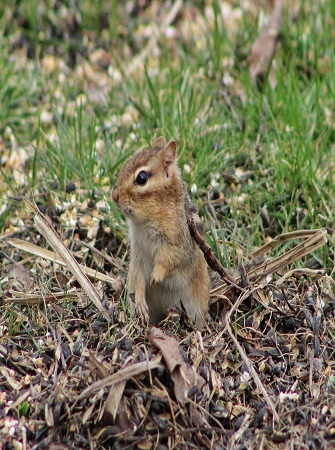
Next, mow and clean up the natural vegetation close around the greenhouses to eliminate protected areas for rodents. Most of our wildlife animals will not venture across a wide-open space because they are much more vulnerable to natural predators.
Trapping is not effective for controlling large vole populations, but can be used to control small populations. Place mouse snap traps containing bait perpendicular to the runways. Chemical repellents are available that can be used on plants. Some repel by giving off an offensive odor and others are taste repellents. These products reportedly work for a number of animal pests.
Some of these products may not be persistent and some are easily washed off and need to be reapplied. Finally, when all else fails, there are toxic baits that are effective for reducing the population. One of the most effective and common baits is zinc phosphide treated cracked corn or oats. It is a single-dose toxicant available in pelleted and grain bait formulations and as a concentrate. Anti-coagulant baits are also effective in controlling voles.
Anticoagulants are slow acting toxicants requiring from 5 to 15 days to take effect. Multiple feedings are needed for most anticoagulants to be effective. Toxic baits can be harmful to children, pets and wildlife and should be used with utmost caution. Read and carefully follow the directions and safety precautions on the label of any of these products.
If you would like to start greenhouse farming in Nigeria and you need a greenhouse farming business plan or consultation service, please send a mail to agsolutions@agricdemy.com
With our greenhouse farming business plan, you will learn:
- The different greenhouse sizes available and the materials required to build them
- The different fruits and vegetables you can grow in the greenhouse and their yields
- The cost of building and constructing a greenhouse based on the size you want
- Profit and loss estimates for the first three years of running one unit of greenhouse
- Vegetable and fruit market analysis in Nigeria
- Marketing and sales strategy for running a successful greenhouse in Nigeria
- Personnel required to operate your greenhouse, key milestones and so much more!
For a payment of $35 or N50,000 you can get our greenhouse farming business plan. To get bank payment details, send a mail to agsolutions@agricdemy.com
If you want to learn more about greenhouse farming, check out more articles in our Greenhouse Farming section
and watch our Greenhouse Farming video tutorials.
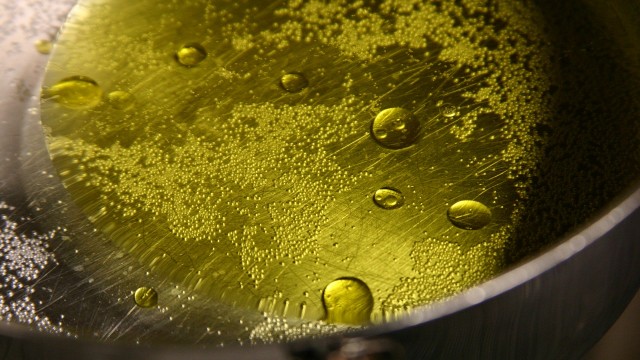
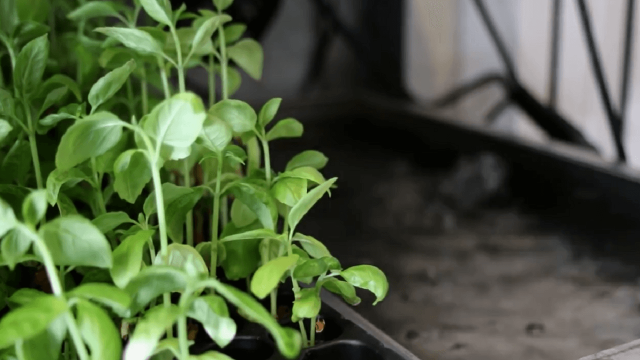
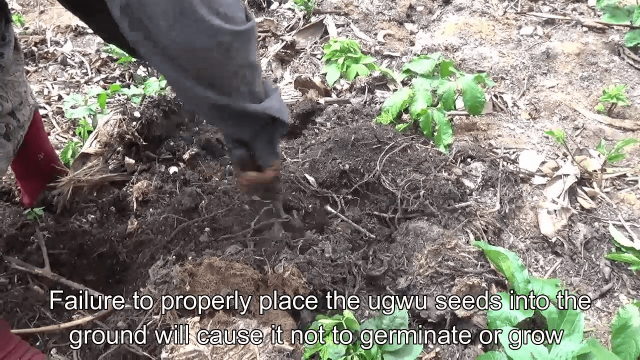
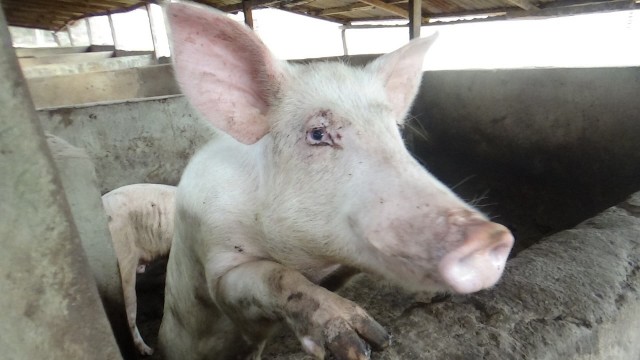
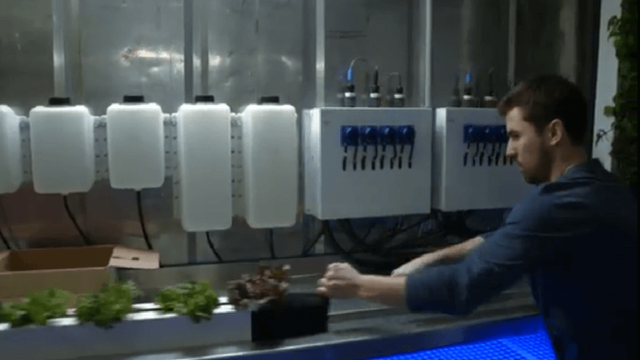
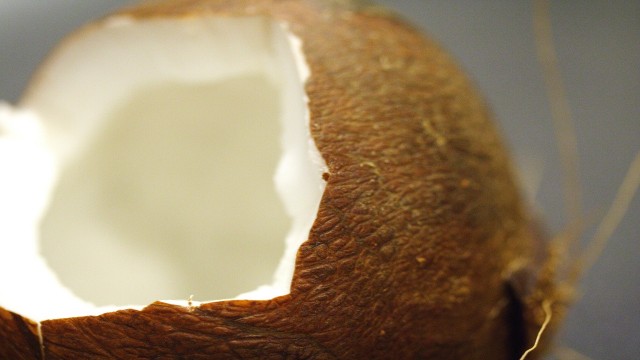
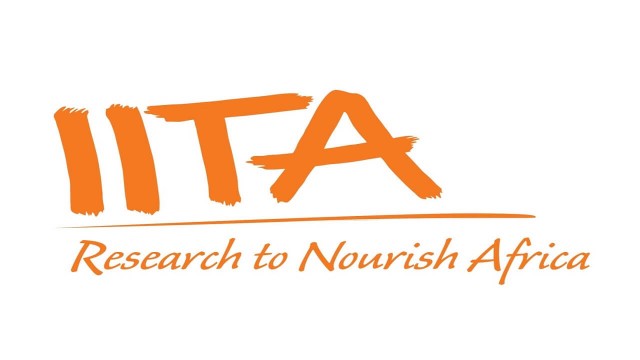

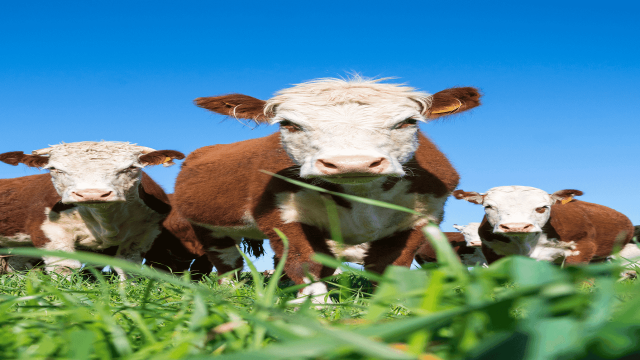

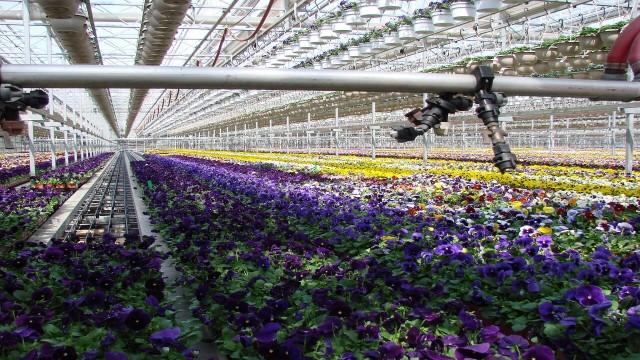

Share This Article: